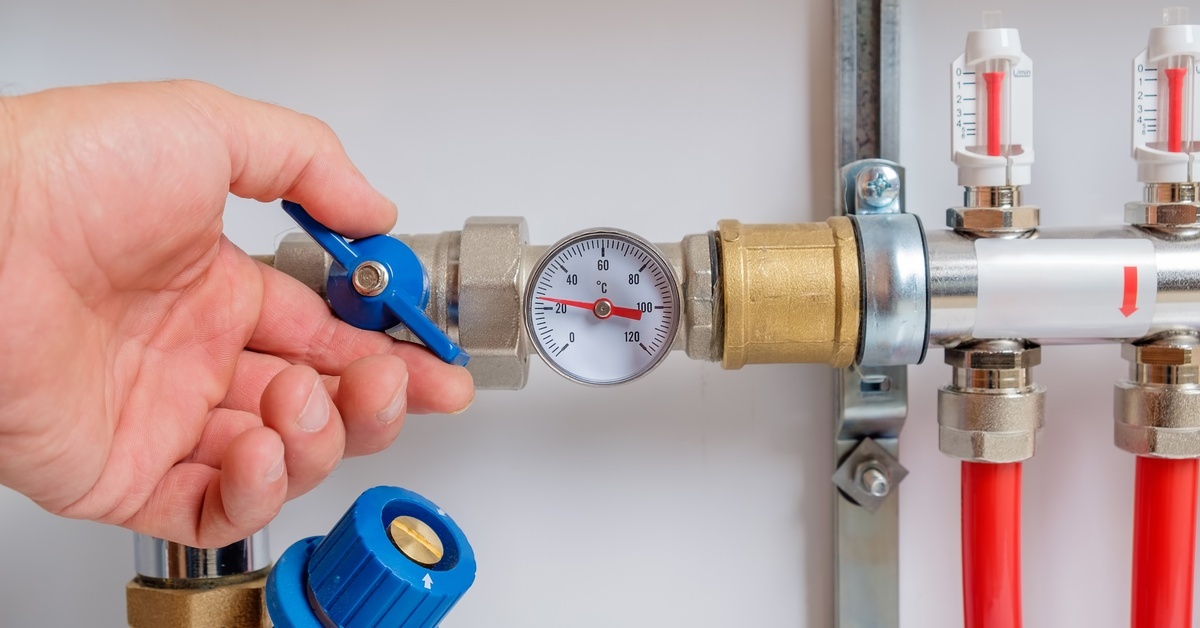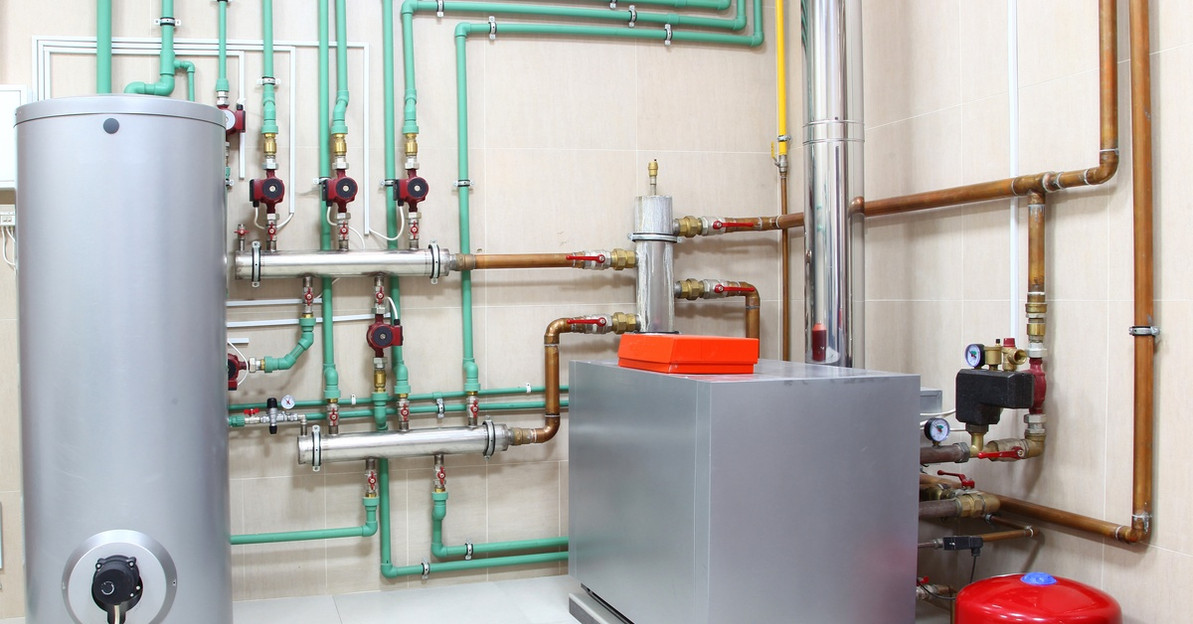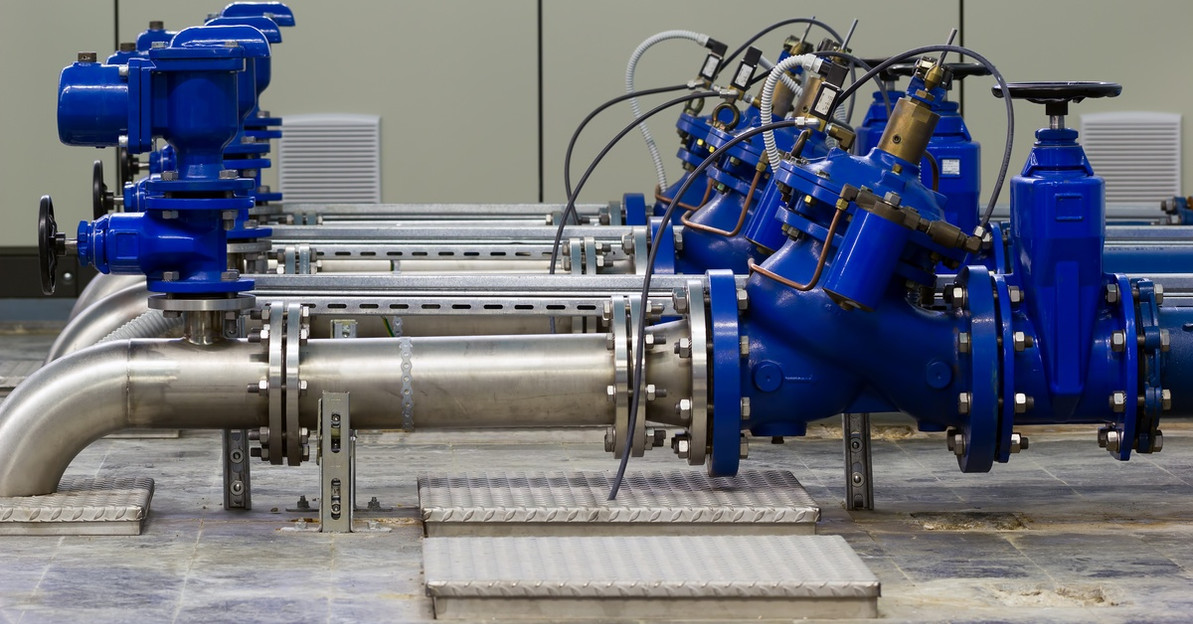The Impact of Booster Pumps on Water Quality
Imagine turning on your faucet, only to watch a weak stream of water struggle its way out. It’s a scenario most of us would rather avoid, and that’s where booster pumps come in. These modern water system components play a key role in improving water pressure and flow, making our daily routines easier and more efficient.
But their benefits go beyond convenience, as booster pumps are also tied to water quality. Consistent water pressure prevents stagnant water from sitting in pipes, reduces the risk of contamination, and helps keep the water we use safer and cleaner. Whether it’s a residential system or a large-scale infrastructure project, these pumps are at the heart of delivering reliable and high-quality water.
Let’s discuss how booster pumps work, their impact on water quality, and the challenges to consider as you choose one. By the end, you’ll have a deeper understanding of how these devices improve water systems and why they’re worth considering for homes, businesses, and beyond.
What Are Booster Pumps and How Do They Work?
Booster pumps are designed to give a boost to the water moving through a system, helping it reach the desired pressure levels. Picture a multi-story building—without proper water pressure, the people on the top floors would likely face trickling faucets or weak showers. Booster pumps step in to fix this, maintaining adequate pressure so every level gets the water it needs.
How Booster Pumps Operate
Let’s look at booster pumps’ key components for a moment. Impellers play a vital role by increasing water flow in the system. Pressure sensors then monitor and control how much pressure is needed, preventing unnecessary strain on the system.
Typically placed in water supply lines, booster pumps are found in homes, office buildings, agricultural fields, and even municipal water systems. For a high-rise apartment or a factory floor, a properly functioning booster pump is the backbone of reliable water delivery.

Key Benefits of Booster Pumps for Water Systems
Enhanced Water Pressure
Weak water pressure can turn something as simple as washing your hands or taking a shower into a frustrating experience. Installing a booster pump restores balanced pressure, making life more convenient for water users. On a larger scale, industrial operations see significant gains in efficiency when water can flow steadily throughout their systems.
Improved Water Delivery Systems
Booster pumps help entire systems function more effectively. Urban infrastructure, for example, often relies on these pumps to ensure consistent water pressure for neighborhoods, hospitals, and schools.
On farms, booster pumps are often utilized in irrigation, ensuring crops receive the right amount of water without waste. This reliability also contributes to maintaining sanitation and hygiene, as stable water pressure helps washing systems, toilets, and public facilities run smoothly.
Impact on Water Quality
One often-overlooked benefit of booster pumps is their ability to protect water quality. When water pressure is too low, it creates opportunities for stagnation. Stagnant water sitting in pipes can lead to contamination and poor overall quality.
By maintaining steady water flow, Grundfos booster pumps minimize this risk. Clean, moving water is less likely to encourage the growth of harmful bacteria, benefiting public health and keeping water safer for drinking, cooking, and washing.
Challenges and Considerations
Energy Consumption and Costs
Booster pumps rely on electricity, and depending on their size and usage, operational costs can add up. For example, a booster pump running continuously in a large facility may cause noticeable spikes in energy bills. However, many modern pumps come with energy-efficient technology, which helps minimize both electricity waste and costs.
Maintenance Requirements
Neglecting maintenance can lead to system breakdowns or even contamination risks if the pump malfunctions. For instance, a leaking pump seal may allow contaminants into the water line. Routine upkeep, such as cleaning strainers, inspecting seals, and replacing worn-out parts, ensures the pump works efficiently.
Impact on Water Quality When Improperly Installed
Improper installation of booster pumps can cause issues beyond inefficiency. Poorly calibrated systems may create pressure surges, leading to pipe stress and potential backflow. Backflow can allow contaminated water to siphon into clean lines, jeopardizing water quality.
Innovations in Booster Pump Technology
Smart Booster Pumps
Technology is making booster pumps smarter and more adaptable. Many newer models include sensors and remote monitoring systems, allowing users to adjust settings or receive alerts from their smartphones or computers. A smart booster pump can even modulate pressure levels dynamically based on demand, which enhances efficiency and supports stable water quality.
Energy-Efficient Models
Energy-efficient booster pumps are designed to reduce waste and operate with precision, striking a balance between strong performance and minimal energy use. Some systems even include variable frequency drives (VFDs), which adjust the pump’s speed based on water demand.

The Role of Booster Pumps in Sustainable Water Management
Water Efficiency
Booster pumps contribute to water efficiency by delivering exactly the amount of pressure needed, which reduces waste and ensures that water is used effectively. This becomes especially important in areas experiencing water scarcity, where every drop matters. Modern pumps with smart capabilities can fine-tune their performance to match varying levels of demand, so communities can conserve valuable resources.
Support for Growing Urban Areas
As cities grow, so does the demand for reliable water systems. Booster pumps are part of the solution. By supporting consistent water delivery to high-rise buildings, hospitals, and other essential services, these pumps enable urban areas to expand without sacrificing infrastructure quality.
Contribution to Public Health
Reliable water flow isn’t just about convenience; it’s about safety. Clean water plays a direct role in preventing diseases caused by unsafe or stagnant supplies. Booster pumps tackle this by maintaining steady flow and eliminating conditions where contamination might thrive.
What Now?
These components certainly keep water flowing, but they also represent a step toward smarter, more sustainable water systems. Booster pumps address immediate needs like improved pressure and water quality while paving the way for innovations that can support future demands. The technology continues to evolve, creating opportunities to save resources and increase quality of life for individuals and communities alike.
If you’ve been curious about how your own water system could perform better, now is the perfect time to explore the possibilities. Whether it’s for a home, business, or city project, a booster pump might be the solution you didn’t realize you needed.
Recent Posts
-
A Guide to Implementing Indirect Water Heating With Boilers
Choosing the right water heating method for your home or business significantly impacts energy effic …Dec 9th 2025 -
How Tankless Water Heaters Can Benefit Commercial Kitchens
A commercial kitchen operates at a fast pace and maintains very high performance standards. Every pi …Dec 3rd 2025 -
Noise Reduction Strategies for Urban Booster Pump Installs
In densely populated urban areas, every sound matters. The constant hum of traffic, construction, an …Dec 2nd 2025





